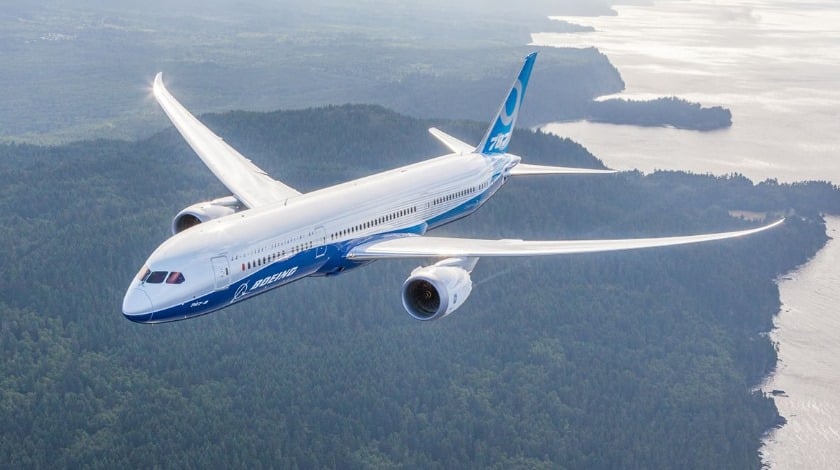Photo: boeing.com
Reading Time: 2 minutesAirlines have been ordered to carry out an urgent fix on 176 Boeing 787 Dreamliners because of an engine icing problem.
The instruction has been given by the Federal Aviation Administration Authority in the US and follows an incident on Jan 29 when one of the two engines on a Japan Airlines 787 shut down in mid-flight and could not be restarted.
However the pilot was able to land the plane safely using one engine.
Describing the problem as an “urgent safety issue”, the FAA has given airlines until the first week in October to complete the work. In the meantime pilots have been instructed to carry out special ice removal procedures during flights.
It is the latest in a series of problems encountered by the 787. Billed as the most sophisticated aircraft ever made, its maiden flight was delayed by two years.
The FAA, the US aviation safety regulator, said the problem which applies to an estimated 176 Dreamliners using a particular engine produced by GE – the GEnx-1B PIP2.
Boeing and GE had already begun investigating the problem before the FAA issued its Airworthiness Directive.
According to the FAA directive, the root of the problem is due to damage being sustained because of ice shedding on the fan blades, causing them to rub against another part of the engine.
“Susceptibility to heavy fan blade rubs, if not corrected, could result in engine damage and a possible in-flight non-restartable power loss of one or both engines,” the FAA said.
“The potential for common cause failure of both engines in flight is an urgent safety issue,” the administration added.
“Ice shed from the fan blades caused the blades to rub against the fan case, resulting in engine vibration,” GE Aviation spokesman Rick Kennedy said.
The company said it hoped to avoid disruption to schedules and was working with airlines to tackle the problem, estimating that the repairs would take about 16 hours to complete.
It is anticipated the work will be done by the end of September.
“Ice shed from the fan blades … causing the blades to rub against the fan case, resulting in engine vibration,” GE Aviation spokesman Rick Kennedy told CNN.
The company said it hoped to avoid disruption to schedules and was working with airlines to tackle the problem, estimating that the repairs would take about 16 hours to complete.
Only last year safety investigators ordered an urgent review of lithium iron batteries on the 787 after a fire on a Japan Airlines Boeing 787 in Boston in 2013.
The history of the Boeing 787 has been problematic. Its carbon fibre construction was hailed as the future of aviation, improving not only fuel efficiency but passenger comfort.
But even before the aircraft entered service there were lengthy delays and ANA, the first airline to fly the Dreamliner, received the plane three years behind schedule.
Since entering service there have been problems reported with its batteries and, in June 2013, United Airlines had to make an emergency landing at Houston after problems were discovered with the Dreamliner’s braking system.
A Boeing spokesman said it was working with GE to investigate the issue and complete the work required by the FAA. Repairs have already been carried out on 40 aircraft.

